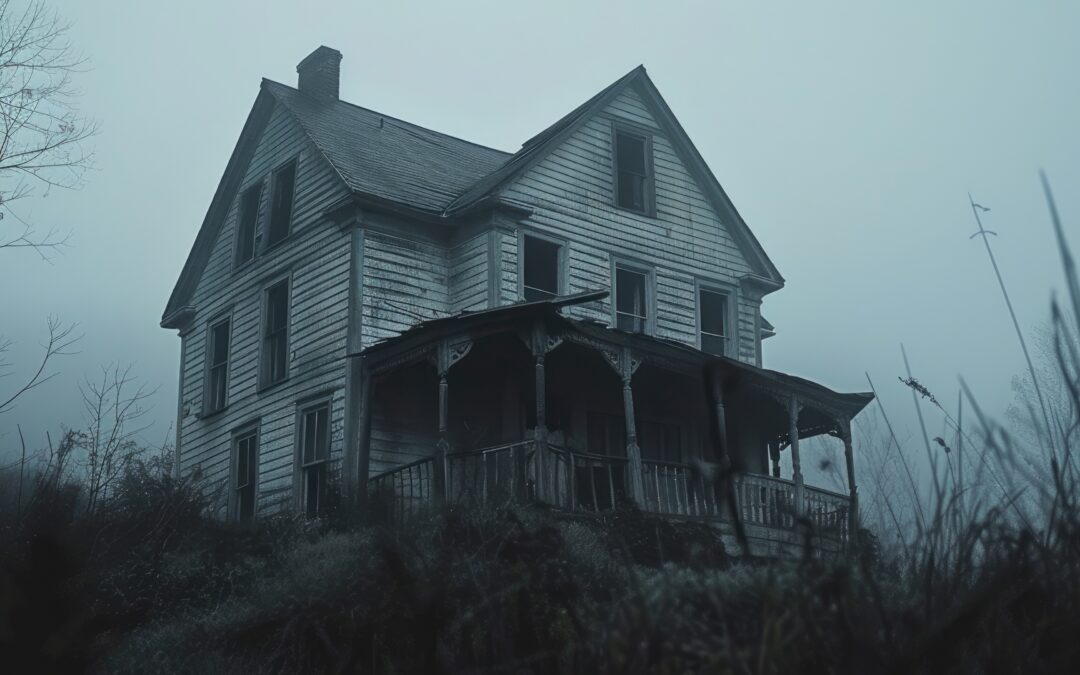The Amityville Horror is rooted in a real-life tragedy that unfolded in 1974, when Ronald DeFeo Jr. murdered six members of his family in their home on Ocean Avenue in Amityville, New York. This horrific crime shocked the nation and became the catalyst for one of the most notorious hauntings in American history. After the murders, the house gained an eerie reputation, sparking public fascination with its dark past and the chilling events that followed.
In 1975, George and Kathy Lutz moved into the house, only to experience what they described as terrifying paranormal activity. From strange noises and cold spots to unsettling visions, the Lutzes’ claims of haunting painted a vivid picture of lingering spirits and unexplained phenomena. Their story captured public imagination and blurred the lines between reality and the supernatural, making the house a focal point for those intrigued by ghost stories and the macabre.
The Lutzes’ account was later detailed in Jay Anson’s 1977 book, The Amityville Horror, which became a bestseller and inspired numerous films and documentaries. This media frenzy solidified the house’s place in popular culture and fueled widespread interest in haunted houses and the paranormal. Debates over the authenticity of the Lutzes’ claims continue to this day, with some skeptics questioning their experiences while others believe in the supernatural presence within the home.
Whether real or fictional, the story of the Amityville Horror has left a lasting mark on horror culture. It has influenced countless ghost stories and urban legends, cementing its legacy as one of the most infamous haunted houses in history. The fascination with the dark and unexplained persists, inviting us to explore how real-life events can inspire tales that resonate through generations.


